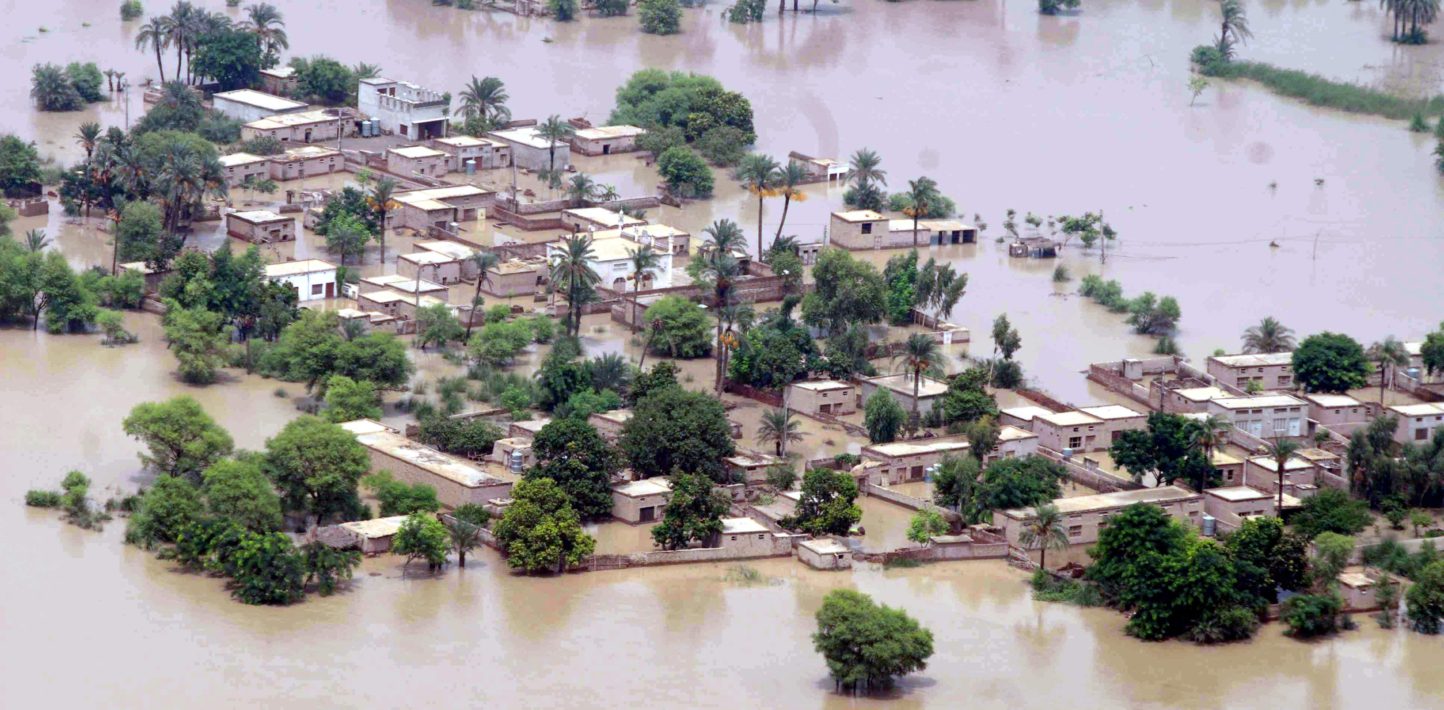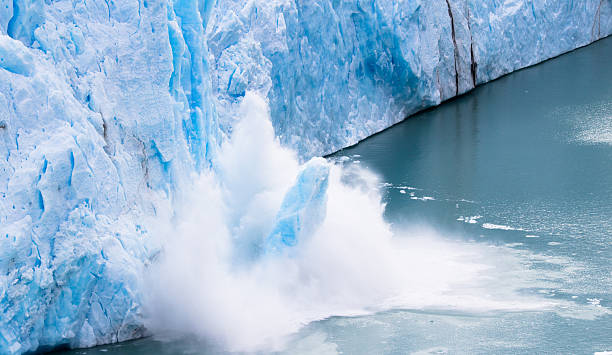Unmasking the Climate Crisis: Pakistan’s Battle for a Sustainable Future
Among the list of urgent challenges faced by Pakistan, the climate is the most pressing issue that needs urgent attention. Global carbon emission level increases as the world, the global north(broadly comprised of Europe and North America including Australia and New Zealand) in particular, braces for more carbon emission for their industrial purposes. The global south(countries with lower income, less developed, and politically marginalized) bears the undesirable consequences of climate change. In the 21st century, the average yearly temperature on Earth has been more than 2 degrees F (more than 1 degree C) higher than recorded pre-industrial temperatures. Pakistan appeared on the list of the top 10 most affected countries in the world prone to climate-related disasters. The consequences of climate change are far-reaching and affect nations across the globe, including Pakistan.
Climate Change in Pakistan: A Global Perspective
Climate change is driven primarily by human activities; in other words, it is man-made, such as the burning of fossil fuels, deforestation, and ever-growing industrial processes. The increase in greenhouse gases, such as carbon dioxide, Hydrofluorocarbons (HFCs), and methane, has led to global warming because of the weakening ozone layer, resulting in changes to the Earth’s climate patterns. These changes have had a significant impact on Pakistan’s climate.
Impacts of Climate Change On Pakistan
Changing Weather Patterns
Climate change in Pakistan appeared in various shapes and forms. Few very noticeable among them are the frequent phenomena as the country is experiencing more frequent and intense heatwaves, prolonged drought conditions, and irregular rainfall. Since 2010, Pakistan has consistently been exposed to minor to high floods since a huge segment of the country is attached to agriculture and livestock, being severely hit by changing climate patterns.
Water Scarcity
For irrigation and agriculture, Pakistan heavily relies on its river system. The melting of glaciers in the Himalayas was a rare scene until, a direct result of climate change. This has led to a reduction in the flow of water in these rivers. Pakistan is already one of the most water-stressed countries in the world, where supply is hovering around 1017 cubic meters per capita. This has created a looming water crisis.
Agriculture and Food Security
Climate change-induced weather extremes have disrupted agricultural cycles. Farmers face challenges of less water availability that results in crop failures, reduced yields, and increased pest infestations. This directly impacts food security in Pakistan, with vulnerable portions of society facing malnutrition and hunger.
The Human Toll of Climate Change in Pakistan
Health Impacts
Prolonged extreme hot and dry weather conditions produce heatwaves. Too often, it results in the occurrence of heatstroke that creates health emergencies in mega cities of Pakistan. The increased incidence of heat-related illnesses and the spread of vector-borne diseases concern public health issues.
Displacement and Migration
Climate change in Pakistan results in people migrating from drought-stricken areas of Baluchistan, some districts of Sindh, to urban places. Also, as climate change intensifies, the coastal areas become uninhabitable for the nearer people and communities. Flooding and extreme weather events resulted in forced displacement and migration, straining resources in host communities.
Challenges Faced by Vulnerable Communities
Coastal Areas
Pakistan’s coastal areas are particularly vulnerable to climate change, with rising sea levels threatening homes and livelihoods. Sustainable coastal management is essential to protect these regions.
Mountain Regions
The Himalayan and Karakoram mountain ranges in Pakistan are experiencing accelerated glacial melting, leading to an increased risk of glacial lake outburst floods and water scarcity downstream.
Climate Change Mitigation and Adaptation
Pakistan must devise multiprong strategies to mitigate the undesirable effects of climate change. In the short term, the policy of reducing greenhouse gases must be the goal. In the long run, eliminating the impacts of climate change, cleaner energy sources, and sustainable practices. Adaptation strategies aim to help communities cope with the effects of climate change, such as building resilient infrastructure and improving disaster preparedness by institutionalization and authority creation.
Climate-Resilient Infrastructure
Investing in climate-resilient infrastructure is crucial to withstand extreme weather events. The recent flash flooding caused destruction to the building of nearby water streams and road infrastructure due to the amassing of water flow, an amount unthinkable before. Building infrastructure that can withstand flooding, enhancing water storage and management systems, and improving disaster response and recovery.
International Cooperation and Agreements
Pakistan is a signatory to various international agreements and climate protocols. Climate change is a global issue that can be addressed through collective efforts. The Paris Agreement, for instance, sets targets for countries to reduce greenhouse gas emissions and limit global warming. Also, climate repatriation through climate funds for climate-induced damages is a better idea.
Read Also: Unravelling Pakistan’s Political Psychology: From Conflict to Hope.
The Role of Civil Society and Advocacy
Climate change awareness and advocacy play a significant role in shaping policies and actions.Their efforts include organizing awareness campaigns, planting trees, and advocating for environmentally friendly policies. Civil society organizations, environmental activists, and concerned citizens are pushing for climate change mitigation and adaptation.

Case Studies: Climate Change Effects in Pakistan
Flooding and Monsoon Rains
Pakistan has witnessed devastating floods due to intense monsoon rains, displacing millions and causing significant economic losses. Improved flood management and early warning systems are crucial.

Water Management
According to the Dawn report, Pakistan has a water capacity for 30 days. Pakistan is already a water-stressed country if it continues on the same line, in the following decades, it could become a water-scarce nation. Water scarcity is a growing concern in Pakistan due to the melting of glaciers in the Himalayas and the erratic nature of monsoon rains. To address this, Pakistan needs to focus on sustainable water management, water conservation, and the development of efficient irrigation techniques.
Ecosystem Preservation
Pakistan’s unique ecosystems, including its mangroves, deserts, and mountain regions, are threatened. Climate change not only affects human lives but also threatens natural habitats. Preserving those is vital to maintain biodiversity and ensure the environment’s health.
Public Health Preparedness
With changing climate patterns and the spread of climate-related such as heatstrokes in extremely hot weather conditions, the floods have already caused a significant increase in infectious diseases like malaria, cholera, dengue, and fungal skin infections. They have wiped out water and sanitation systems, raising the likelihood that Pakistanis will come in contact with infected water supplies. Diseases and health issues are becoming more complex. Public health systems must adapt to these changes and develop strategies to help protect the affected population.
Glacial Melting
The rapid melting of glaciers in the north poses a long-term threat to water resources. Also, Climate change is the basic reason for Melting glaciers is one of the clearest, most visible signs of the climate crisis and one of its most direct consequences. Scientific research and international cooperation are essential to address this issue.

The Importance of Awareness and Education
As the experience demands that Pakistan should make climate change its proper future national agenda. Creating awareness about climate change and its impacts is vital. Education programs can empower individuals and communities to take action and make sustainable choices.
Steps Towards a Sustainable Future
Addressing climate change in Pakistan requires a multi-pronged approach. International cooperation and local engagement are key to ensuring a sustainable future for the country, including reducing emissions, protecting vulnerable communities, and building climate resilience.
Challenges and Opportunities in Addressing Climate Change
While Pakistan faces significant challenges primarily posed by climate change, there are opportunities for positive change, too. Here are some key aspects to consider:
Renewable Energy Transitioning
In the renewable energy sector, Pakistan is an attractive candidate. Solar and wind power are emerging as key sources in countries transitioning to more energy-secured, less costly, and have immense potential to grow further. Transitioning to cleaner energy alternatives can not only reduce greenhouse gas emissions but also enhance energy security and create job opportunities.
Reforestation and Afforestation
Trees absorb carbon dioxide, and help mitigate the impacts of climate change. Planting trees and restoring forests is an effective strategy to combat climate change. Government initiatives and community involvement in reforestation are essential.
Sustainable Agriculture Practices
One way to combat the growing food insecurity, viz-viz with increasing population, is to adopt new agricultural modalities. Promoting sustainable agricultural practices, such as efficient water use and organic farming, can make a significant difference in adapting to changing weather patterns and ensuring food security.
Pakistan’s Path to a Sustainable Future
Addressing the most critical challenge of climate change, Pakistan needs to prioritize short-term objectives and convert them into long-term institutional frameworks. A comprehensive approach that involves government efforts, community engagement, and international cooperation. As the impacts of climate change continue to intensify, sustainable development, environmental protection, and resilience must be priorities in focus.
Conclusion
The challenge posed by climate change to Pakistan is a most grievous one. The catastrophe it presents under troubling economic circumstances can not be more severe than that. This will have far-reaching consequences. It affects its environment, economy, and the well-being of its people. A balanced and multifaceted approach involving government action, international collaboration, community engagement, and individual responsibility is deeply required.
Climate change is not just an environmental concern; it is a matter of national security, public health, and economic stability. By adopting sustainable practices, transitioning to green technologies, and investing in climate resilience, Pakistan can mitigate the impacts of climate change and work towards a more sustainable and prosperous future for all its citizens.
Read Also: Pakistan’s Frequent Moves to IMF: Loan Mismanagement Or Economy Needs Overhauling.
